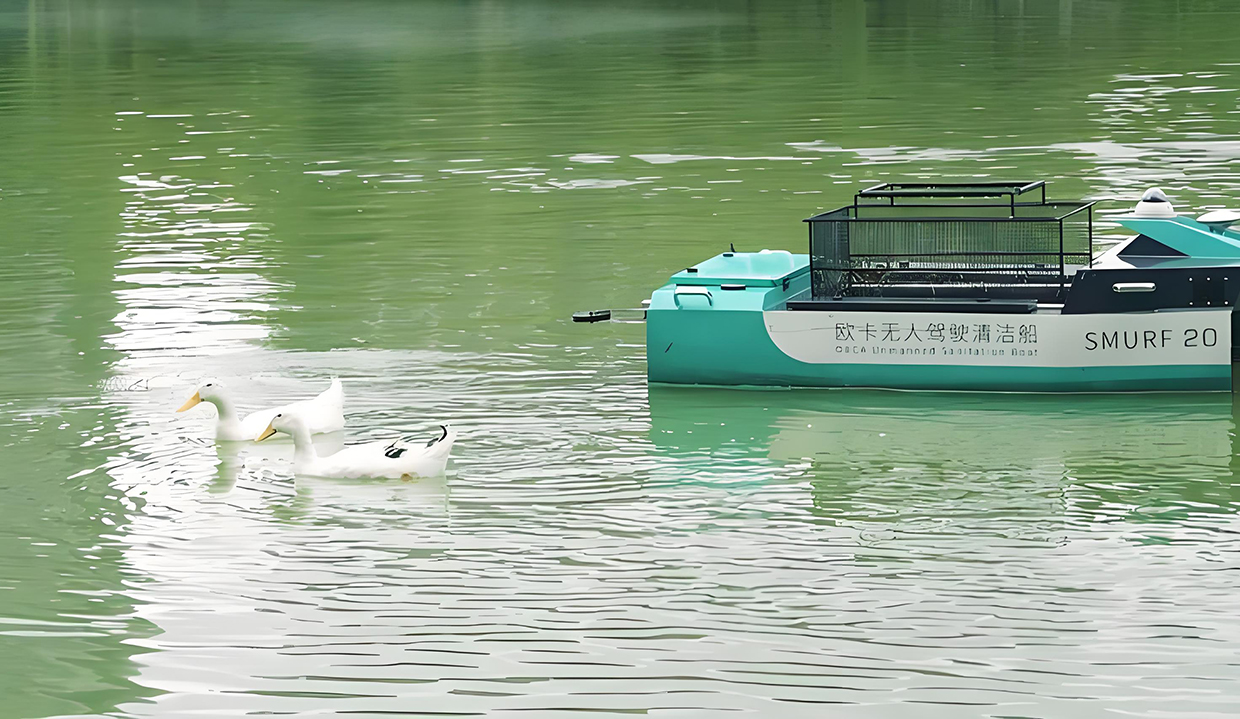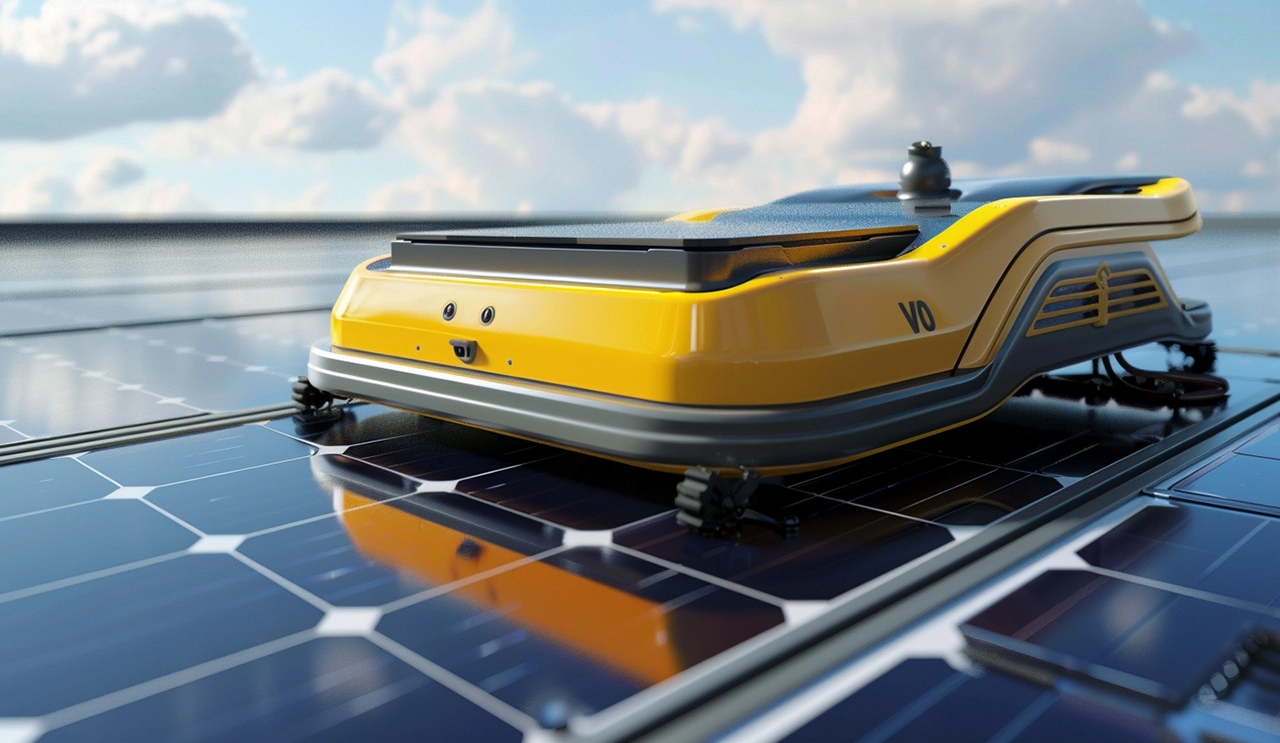
WIRELESS CHARGING IN THE NEWS
With the rapid development of urban rail transit, the safe and efficient operation of subway systems has become a critical focus of urban management. Intelligent train inspection robots, as an emerging technological solution, are increasingly playing a key role in subway operations. These robots not only replace manual labor for tedious and repetitive inspection tasks but also monitor environments that are difficult or dangerous for humans to access. This ensures the safety and smooth operation of subway systems, making these robots an indispensable component of modern metro infrastructure. This article will delve into the practical applications of intelligent train inspection robots, analyze their core functions and technological components, and demonstrate how they have become essential to subway systems.
The heart of an intelligent train inspection robot lies in its perception system, which forms the foundation for completing complex inspection tasks. The perception system typically consists of various sensors, including high-definition cameras, infrared thermal imagers, ultrasonic sensors, and gas detectors. High-definition cameras capture high-resolution images of the train's exterior and key components. Through image recognition technology, the robot can automatically detect cracks, scratches, or other surface anomalies on the train body. Infrared thermal imagers monitor temperature changes in electrical equipment and mechanical parts, helping to identify potential overheating issues before they lead to equipment failure or fires. Ultrasonic sensors and gas detectors are used to identify environmental anomalies around the train, such as gas leaks or obstacles, ensuring safety during the inspection process.
Image recognition and processing technology play a crucial role in the perception system. By leveraging deep learning algorithms, the robot can automatically analyze the collected images to identify potential faults or anomalies. For instance, advanced image processing algorithms such as Convolutional Neural Networks (CNN) can quickly and accurately detect minute damages on the train body that are often overlooked during manual inspections. Moreover, the robot can continuously improve its recognition capabilities through machine learning, maintaining high precision even in complex environments. This intelligent image recognition technology significantly reduces the possibility of human error, enhancing the reliability and accuracy of inspections.
Once the environment and equipment have been assessed, the decision-making system of the intelligent train inspection robot comes into play. The decision-making system analyzes the data provided by the perception system and formulates appropriate action plans. For example, if the robot detects a temperature anomaly in a train component, the decision-making system immediately triggers an alarm and follows predefined protocols, such as notifying relevant maintenance personnel or automatically activating fire suppression systems. The decision-making system is also responsible for planning the robot's inspection route, ensuring efficient coverage of all required areas. By integrating real-time data with historical inspection records, the decision-making system can dynamically adjust inspection strategies, optimizing the robot's workflow and improving overall inspection efficiency.
The execution system is the final operational component of the intelligent train inspection robot, responsible for converting the commands from the decision-making system into actual operations. The execution system mainly includes mobile units, robotic arms, and end-effectors. The mobile unit enables the robot to move freely in the complex train environment, typically using tracked or wheeled designs to adapt to different ground conditions. The robotic arm and end-effectors are used for delicate operations on specific components, such as opening equipment doors or removing obstacles. These execution devices need to have highly precise control capabilities to ensure that tasks are completed in tight and intricate train environments without causing any damage.
The energy system is the backbone that ensures the continuous operation of intelligent train inspection robots, typically powered by high-capacity lithium batteries. The battery management system monitors the battery's status, including voltage, current, and temperature, ensuring safe operation within specified ranges. Additionally, the robot needs to have fast charging or battery replacement capabilities to minimize downtime and ensure uninterrupted inspection tasks. To enhance the reliability of the energy system, some robots are also equipped with backup batteries that automatically switch in case of primary battery depletion or failure, ensuring inspections proceed without interruption.
In subway operations, intelligent train inspection robots not only perform independent inspection tasks but can also interact with other systems to form a comprehensive monitoring network. For instance, robots can connect to the subway's central control system through IoT technology, transmitting real-time inspection data and alarm information. The central control system can analyze the real-time data provided by the robot and promptly dispatch maintenance personnel or implement emergency measures, minimizing the impact of faults on subway operations. Moreover, by leveraging big data analytics, robots can mine historical inspection data to predict potential equipment failures, enabling predictive maintenance and further enhancing the safety and stability of subway systems.







